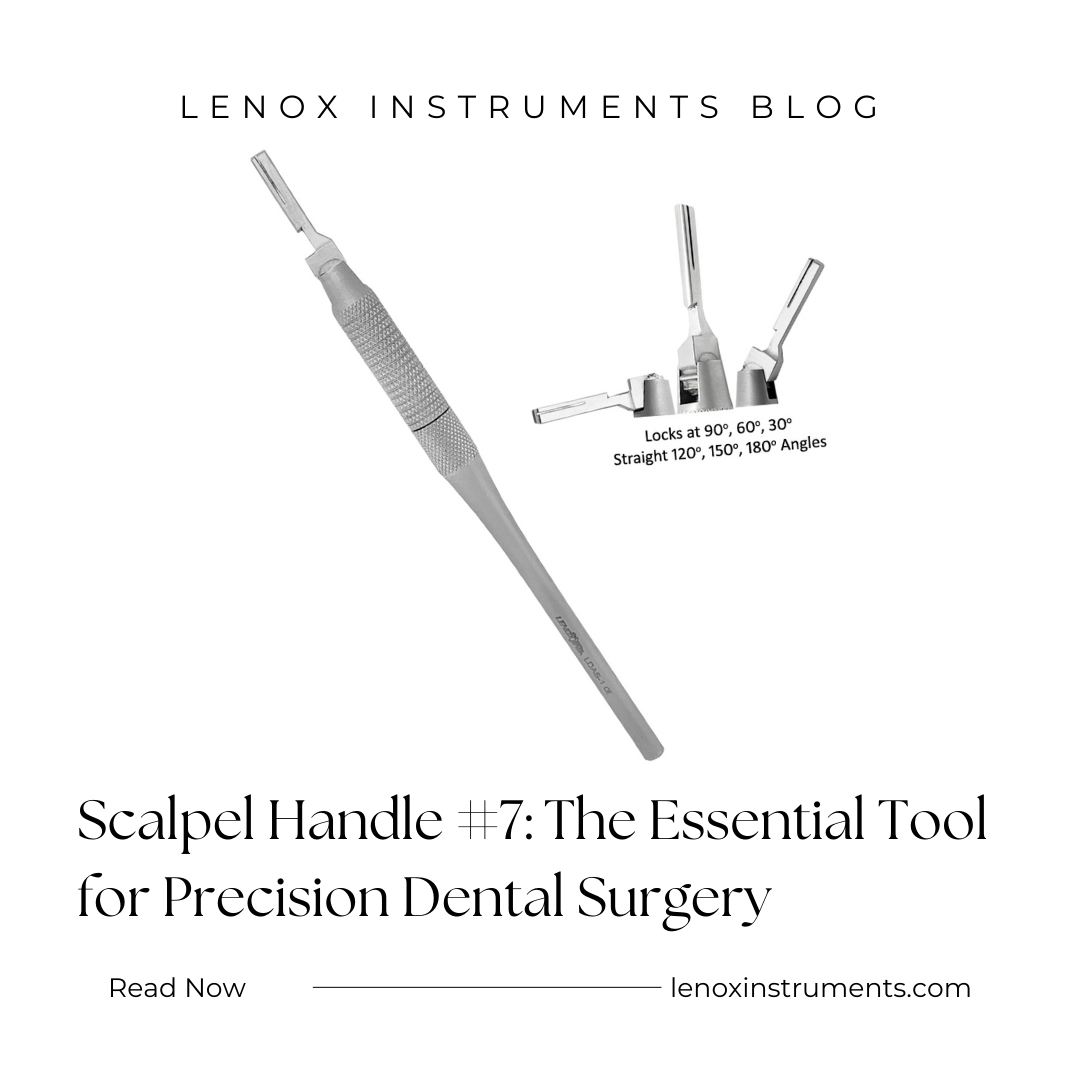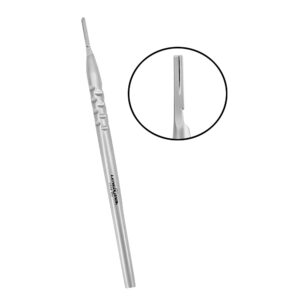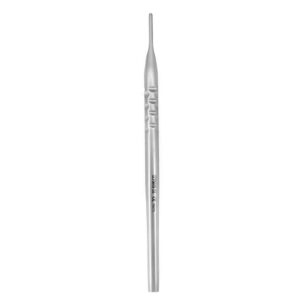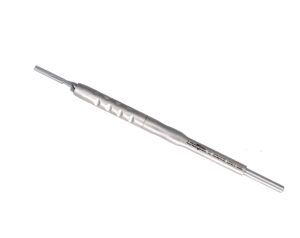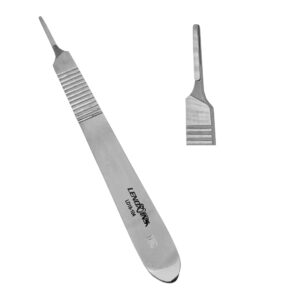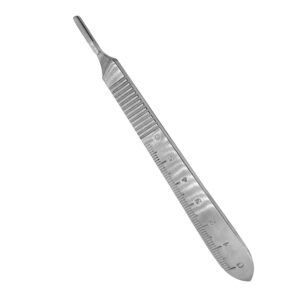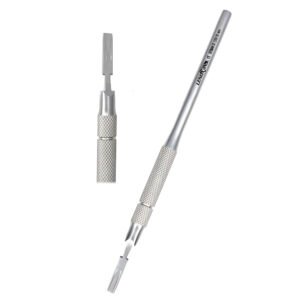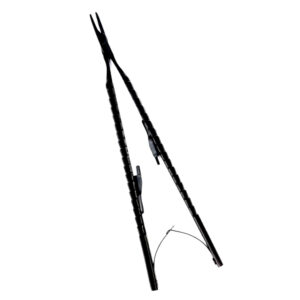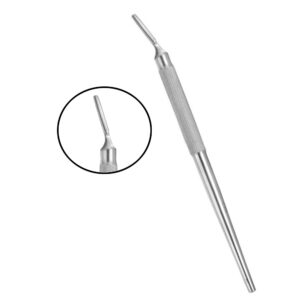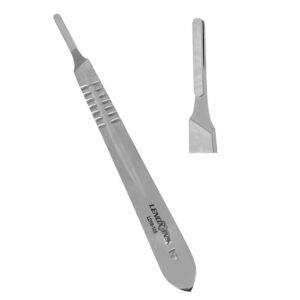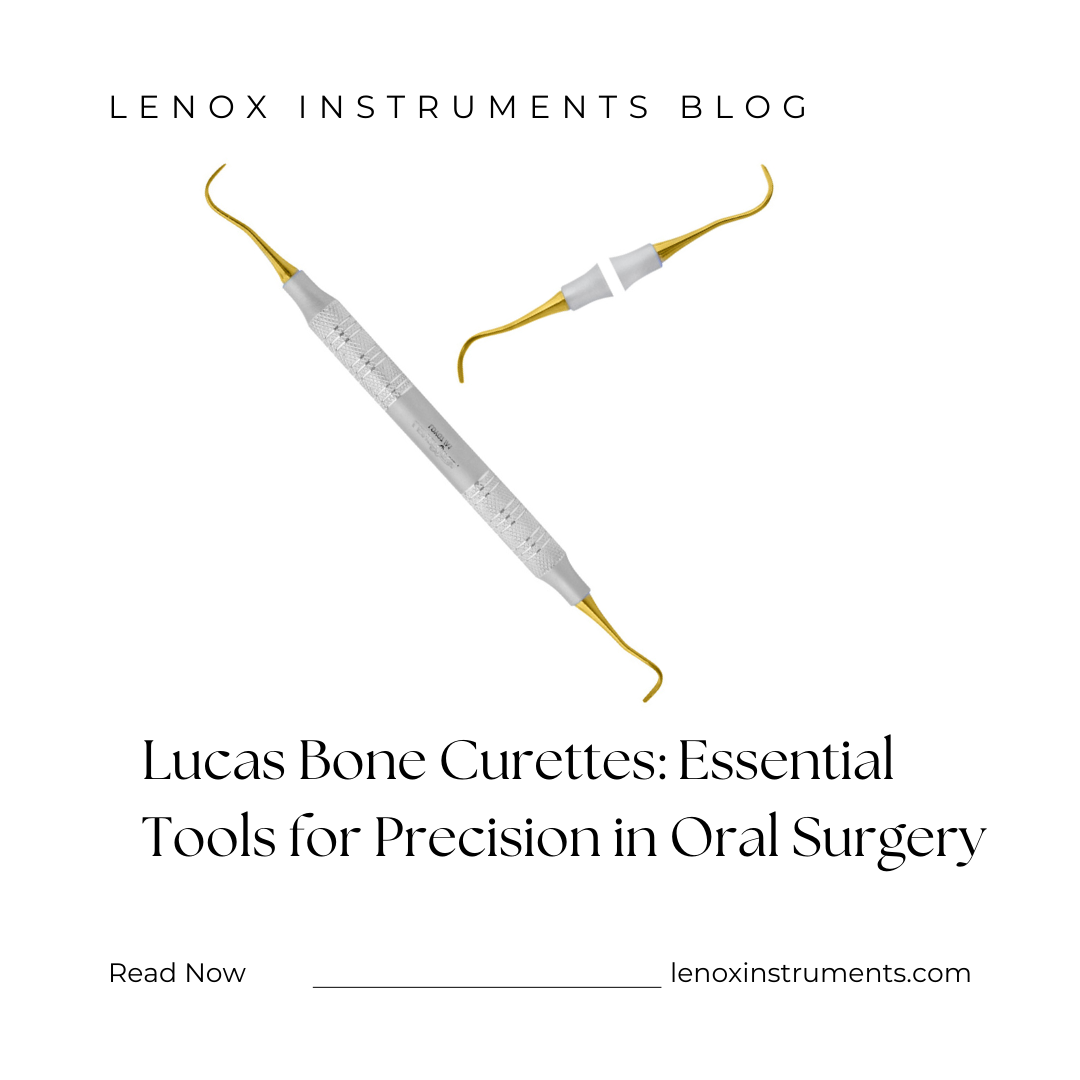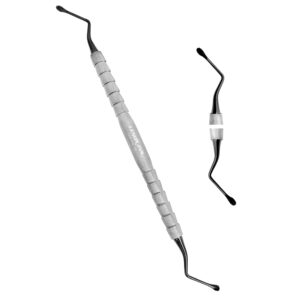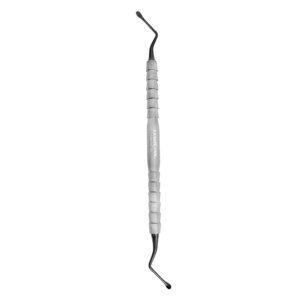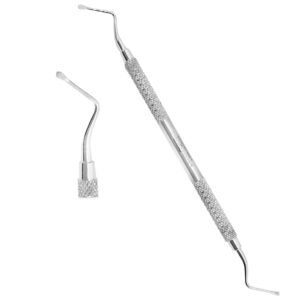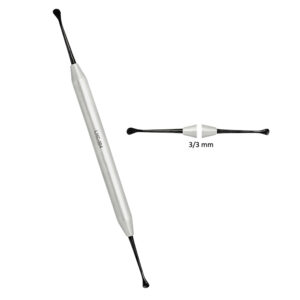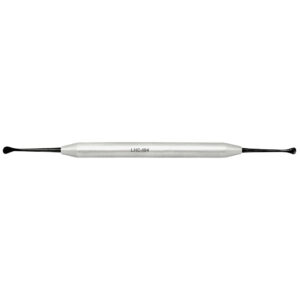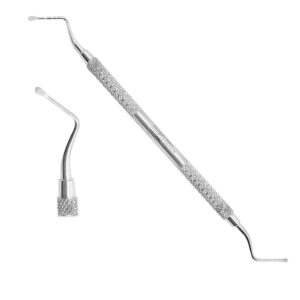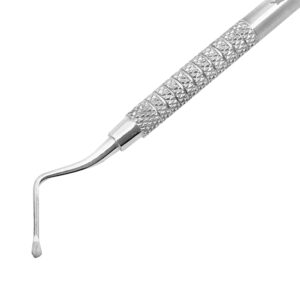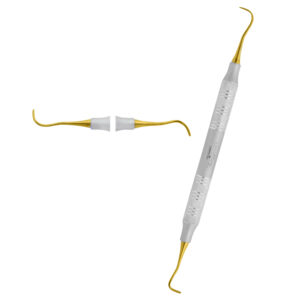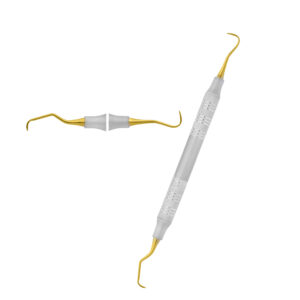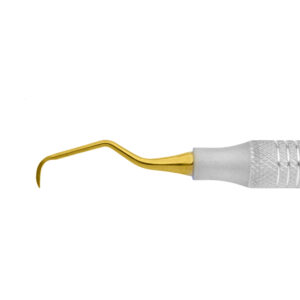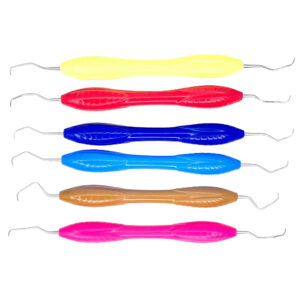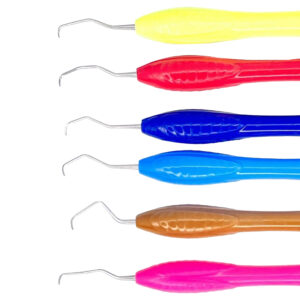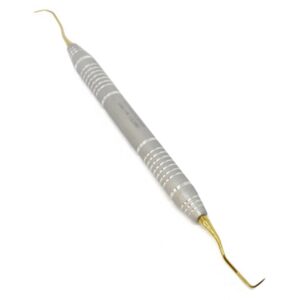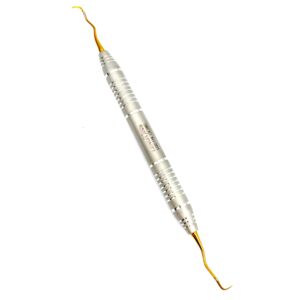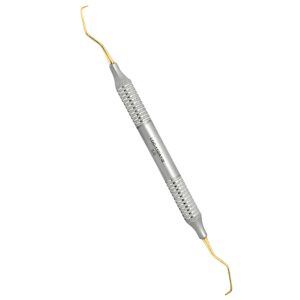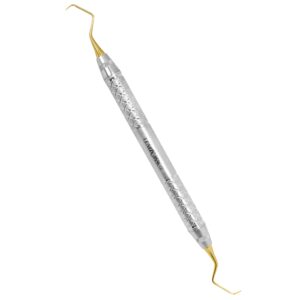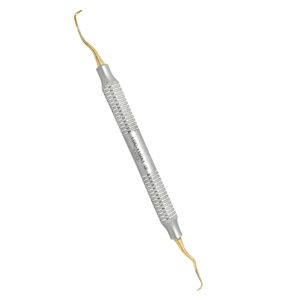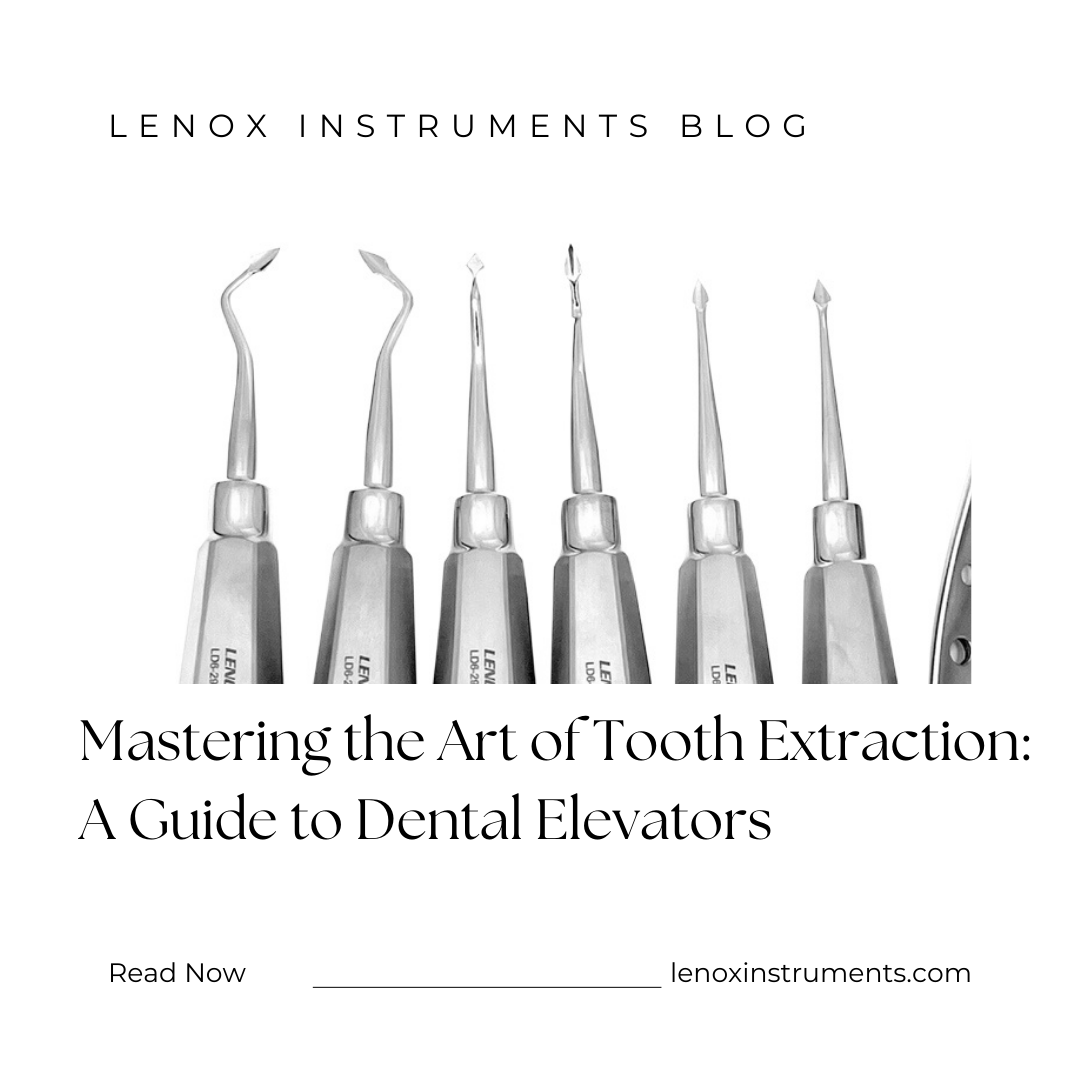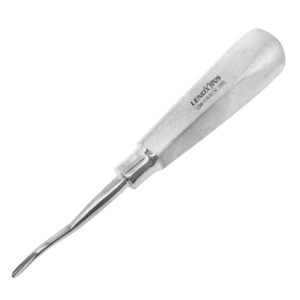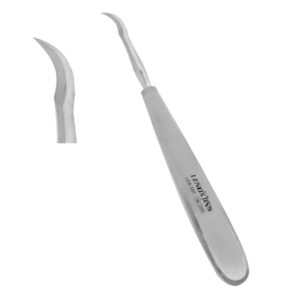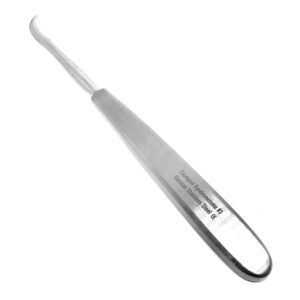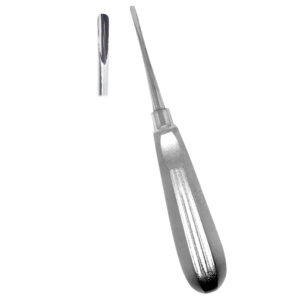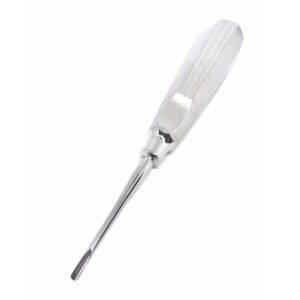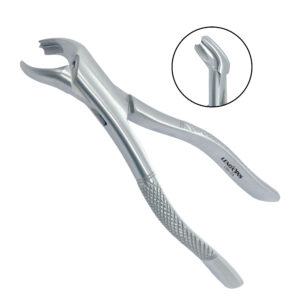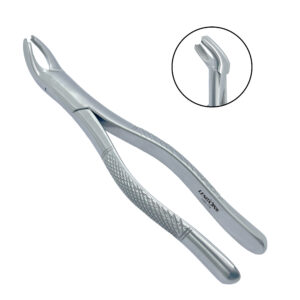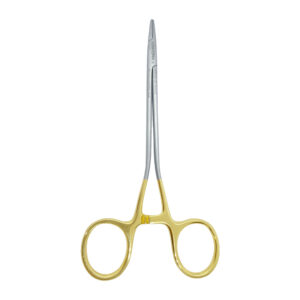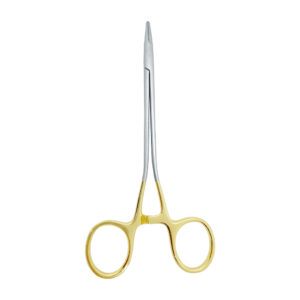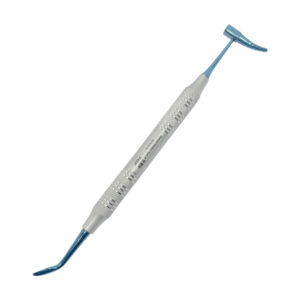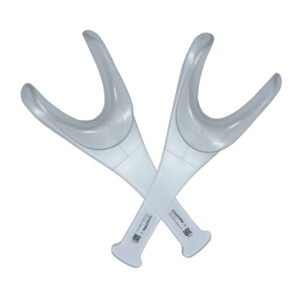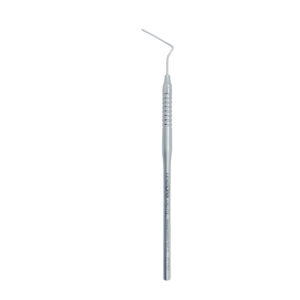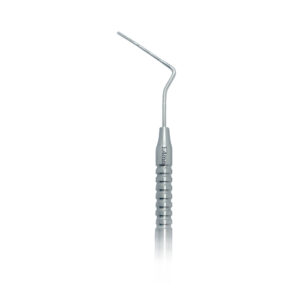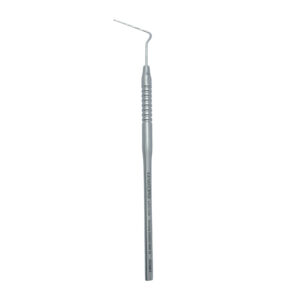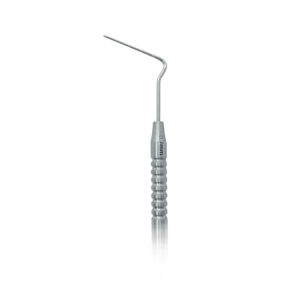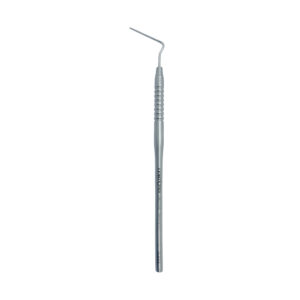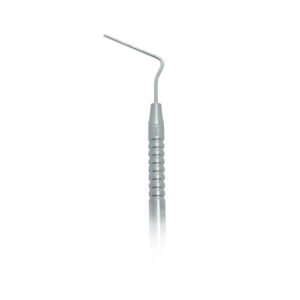Push Scalpel Handle #7: The Essential Tool for Precision Dental Surgery
- Posted October 7, 2024
- by LENOX INC CANADA
The Push Scalpel Handle #7 is a crucial instrument in the dental surgeon’s toolkit, designed for precision and control during delicate procedures. This versatile and ergonomic tool offers several advantages that make it a preferred choice among dental professionals.
Key Features of the Push Scalpel Handle #7
Ergonomic Design
The Push Scalpel Handle #7 is crafted with user comfort in mind. Its long, slender design allows for excellent maneuverability, reducing hand fatigue during extended procedures. The textured grip ensures a secure hold, even when hands are gloved or wet.
Compatibility
This handle is designed to accept a wide range of disposable scalpel blades, making it a versatile tool for various dental surgical procedures. The push mechanism allows for quick and easy blade changes, improving efficiency in the operating room.
High-Quality Materials
Constructed from high-grade stainless steel, the Push Scalpel Handle #7 is built to last. Its durable construction ensures longevity and resistance to corrosion, even with repeated sterilization cycles.
Scalpel Handles
-
Round Scalpel Handle STR Long #7 – Precision Dental Surgical Instrument
Rated 0 out of 5CA$30Explore the Round Scalpel Handle STR Long #7 by Lenox Instruments, designed for precision and efficiency in surgical procedures. Crafted from high-grade stainless steel with an ergonomic round handle design, trusted by professionals globally. -
Push Scalpel Handle # 7 – Precision Dental Surgical Instrument
Rated 0 out of 5CA$90Discover the Push Scalpel Handle # 7 by Lenox Instruments, designed for precision cutting and enhanced safety with an innovative push mechanism for automatic blade disposal. Crafted from high-grade stainless steel with ergonomic handles for comfort and control. Trusted by surgical professionals globally. -
Scalpel Handles #3 – Precision Dental Surgical Instrument
Rated 0 out of 5CA$20Explore the Scalpel Handles #3 by Lenox Instruments, designed for precision and efficiency during surgical procedures. Crafted from high-grade stainless steel with ergonomic handles for comfort and control. Trusted by dental professionals globally. -
Scalpel Handles #3 with Ruler – Precision Dental Surgical Instrument
Rated 0 out of 5CA$25Explore the Scalpel Handles #3 with Ruler by Lenox Instruments, designed for precision and efficiency in surgical procedures. Crafted from high-grade stainless steel with an ergonomic design and integrated ruler, trusted by professionals globally.
Advantages in Dental Surgery
Precision Control
The push mechanism of this handle allows for precise blade positioning, giving surgeons enhanced control during intricate procedures. This level of accuracy is crucial in dental surgeries where millimeters can make a significant difference.
Improved Safety
The push-button blade ejection system reduces the risk of accidental cuts during blade changes. This feature is particularly valuable in maintaining a sterile environment and protecting both the surgeon and support staff.
Cost-Effective
While the initial investment in a Push Scalpel Handle #7 may be higher than disposable scalpels, its reusable nature makes it a cost-effective choice in the long run. The ability to change blades as needed reduces waste and lowers overall operational costs.
Applications in Dental Procedures
The Push Scalpel Handle #7 is versatile enough to be used in a wide range of dental surgical procedures, including:
- Periodontal surgeries
- Dental implant placements
- Tooth extractions
- Soft tissue grafting
- Apicoectomies
Its precision and control make it particularly useful in procedures requiring fine incisions and delicate tissue manipulation.
Lenox Scalpel Handles
-
Push Scalpel Handle # 7 – Precision Dental Surgical Instrument
Rated 0 out of 5CA$90Discover the Push Scalpel Handle # 7 by Lenox Instruments, designed for precision cutting and enhanced safety with an innovative push mechanism for automatic blade disposal. Crafted from high-grade stainless steel with ergonomic handles for comfort and control. Trusted by surgical professionals globally. -
Double Blade Scalpel Handle Straight – Precision Dental Surgical Instrument
Rated 0 out of 5CA$50Explore the Double Blade Scalpel Handle Straight by Lenox Instruments, designed for precision and efficiency in periodontal surgeries. Crafted from high-grade stainless steel with an ergonomic straight handle, trusted by professionals globally. -
Castroviejo Blade Breaker 16cm STR – Precision Surgical Instrument
Rated 0 out of 5CA$190Discover the Castroviejo Blade Breaker 16cm STR by Lenox Instruments. Designed for safe blade disposal with superior durability, ergonomic design, and advanced functionality. Trusted globally by surgical professionals. Shop now! -
Six Way Adjustable Angled Scalpel Handle – Precision Dental Surgical Instrument
Rated 0 out of 5CA$90Explore the Six Way Adjustable Angled Scalpel Handle by Lenox Instruments, designed for precision and flexibility in surgical procedures. Crafted from high-grade stainless steel with six adjustable angles and ergonomic design, trusted by professionals globally. -
Round Scalpel Handle STR Long #7 – Precision Dental Surgical Instrument
Rated 0 out of 5CA$30Explore the Round Scalpel Handle STR Long #7 by Lenox Instruments, designed for precision and efficiency in surgical procedures. Crafted from high-grade stainless steel with an ergonomic round handle design, trusted by professionals globally. -
Round Scalpel Handle Angled Long #7 – Precision Dental Surgical Instrument
Rated 0 out of 5CA$30Explore the Round Scalpel Handle Angled Long #7 by Lenox Instruments, designed for precision and efficiency in surgical procedures. Crafted from high-grade stainless steel with an ergonomic angled round handle design, trusted by professionals globally. -
Scalpel Handles #3 – Precision Dental Surgical Instrument
Rated 0 out of 5CA$20Explore the Scalpel Handles #3 by Lenox Instruments, designed for precision and efficiency during surgical procedures. Crafted from high-grade stainless steel with ergonomic handles for comfort and control. Trusted by dental professionals globally. -
Scalpel Handles #4 – Precision Dental Surgical Instrument
Rated 0 out of 5CA$20Explore the Scalpel Handles #4 by Lenox Instruments, designed for precision and efficiency in surgical procedures. Crafted from high-grade stainless steel with an ergonomic design, trusted by professionals globally.
Maintenance and Care
To ensure the longevity and optimal performance of your Push Scalpel Handle #7:- Clean thoroughly after each use
- Sterilize according to manufacturer’s instructions
- Inspect regularly for signs of wear or damage
- Store in a dry, clean environment
Choosing the Right Push Scalpel Handle #7
When selecting a Push Scalpel Handle #7 for your dental practice, consider the following factors:- Quality of materials
- Ergonomic design
- Compatibility with preferred blade types
- Warranty and after-sales support
Conclusion
The Push Scalpel Handle #7 is an indispensable tool for dental surgeons seeking precision, control, and efficiency in their procedures. Its ergonomic design, versatility, and safety features make it a valuable addition to any dental surgical toolkit. By choosing a high-quality Push Scalpel Handle #7, dental professionals can enhance their surgical capabilities and improve patient outcomes.Remember, while the right tools are essential, they are most effective in the hands of skilled and experienced professionals. Continuous education and training in the latest surgical techniques will help you make the most of instruments like the Push Scalpel Handle #7 in your dental practice.

